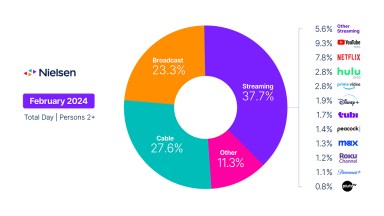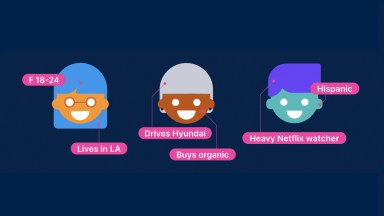By 2025, experts believe the world will be rife with about 175 zettabytes of data. It would take 1.8 billion years to download that much data with an average internet connection. For marketers, this much data could pose a challenge, seeing as how their task is identifying who, out of the 8 billion people1 on the planet, is generating the data that best represents their target audience.
To do their jobs, marketers need information that’s representative of people, not devices or digital signals. However, only 23% of the marketers surveyed for Nielsen’s 2023 Annual Marketing Report strongly agree that they have the quality audience data they need to get the most out of their media budgets. In Asia-Pacific and Europe, the Middle East and Africa, it drops to 21%.
Well aware of how audiences are engaging with media, marketers continue increasing their spending across digital channels, especially CTV, social media and digital video. Without quality audience data, however, many will lack insight into whether they’re reaching the right audiences—the primary cross-media measurement metric of 52% of marketers surveyed for Nielsen’s 2023 Annual Marketing Report. And when we look at where audiences are spending most of their time, time with digital channels continues to grow.
In fourth-quarter 2022, for example, U.S. audiences spent an average of five hours and 13 minutes per day2 accessing media with their digital devices3, accounting for more than 52% of their daily time with media.
The incredible growth of streaming use adds yet another set of data to the cross-media scenario, and some companies are using the data from smart TVs for measurement purposes. There is no discounting the importance of this data, but by itself, this data only tells us what’s on the screen. Without knowing who’s engaged with what’s on the screen, marketers don’t have ample information to make critical ad spending decisions. In fact, a Nielsen study conducted at the end of 2022 illustrates the shortcomings of smart TV data as a measurement source. In short, smart TV data can’t accurately tell you how many are watching.
When combined with information that details representative, person-level behavior, smart TV data sets provide significant scale to the science of audience measurement. Importantly, the World Federation of Advertisers, the Association of National Advertisers and the comparable organizations in over 30 other nations believe the future of audience measurement should include a combination of quality panels and big data.
The customer has always been the North Star for marketers, and the growing number of media options doesn’t change that. It does, however, place increasing pressure on marketers’ ability to engage with them, especially when there’s a gap between digital signals and actual people. Bridging that gap will be critical as device and channel fragmentation increase. The lack of demographic information in big data highlights the importance of representative, person-level behavior in any measurement solution. After all, without the audience, it’s just data.
For additional insight, download the 2023 Nielsen Annual Marketing Report.
Notes
- World Population Prospects Report
- Nielsen National TV Panel
- Connected TV devices, internet on a computer, app/web use via smartphone, app/web use via tablet



